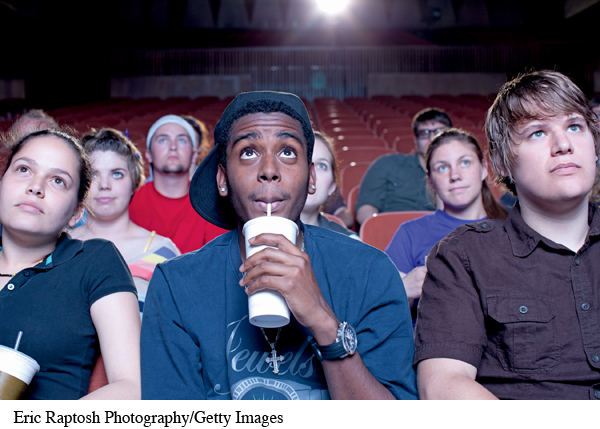EXAMPLE 2 More on soda consumption
Suppose, for example, that the truth is that 62% of Americans actively tried to avoid drinking regular soda or pop in 2015. Then, in the setting of Example 1, p = 0.62. The Gallup sample of size n = 1009 would, if repeated many times, produce sample proportions ˆp that closely follow the Normal distribution with
mean = p = 0.62
and
standard error=√p(1−p)n=√(0.62)(0.38)1009=√0.0002334=0.01528

The center of this Normal distribution is at the truth about the population. That’s the absence of bias in random sampling once again. The standard error is small because the sample is quite large. So, almost all samples will produce a statistic ˆp that is close to the true p. In fact, the 95 part of the 68–95–99.7 rule says that 95% of all sample outcomes will fall between
mean − 2 standard errors = 0.62 − 0.0306 = 0.5894
and
mean + 2 standard errors = 0.62 + 0.0306 = 0.6506
Figure 21.2 displays these facts.